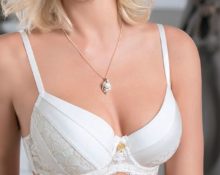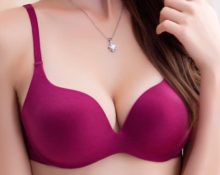All professions, crafts and industries have their own phrases and abbreviations, and sewing is no exception. There are so many words, terms and sayings that can really make you scratch your head in confusion.
If we talk about kant, then, perhaps, many of us more or less imagine what it is. But if you still don’t know what it’s for and what it looks like, then this article is for you.
Kant - definition
A narrow strip (bright or neutral), trim along the edge or seam of the finished product. It is cut out along the bias thread of the fabric and sewn in such a way that the protruding edge width does not exceed 2-3 mm. Often a cord is threaded through it. Used for finishing blouses, skirts, sundresses, uniforms, jackets and even shoes.
Decorative piping helps to decorate almost any product. With its help, you can emphasize shaped lines, trim pockets, collars, lapels. It is also useful for seams and edges of curtains, pillows, bed linen, and mattresses.In a word, this is a mandatory and important attribute of sewing, thanks to which finished products look more aesthetically pleasing, attractive, neat and original.
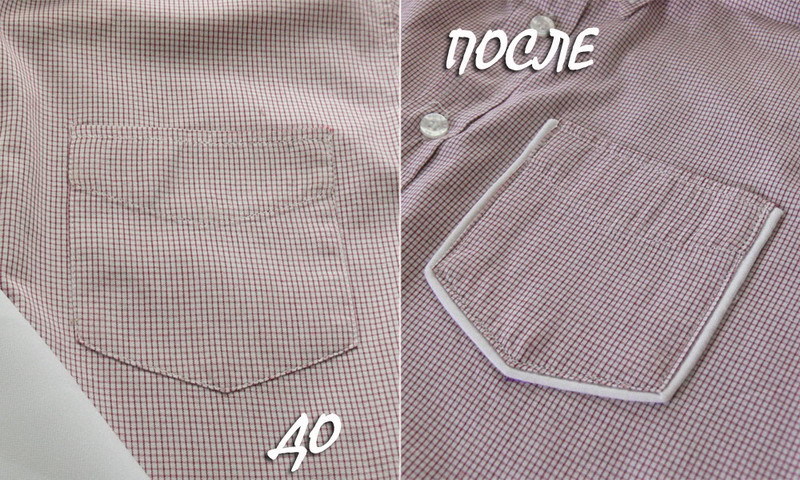
Kant has many names:
- edging;
- edging;
- piping;
- release;
- seam trim.
If we talk not only about the aesthetic side, but also about practicality, then its use helps strengthen the seam, prevent stretching of the fabric and its tearing.
Story
Kant is one of the oldest ways of decorating clothes. But it gained a surge in popularity only in the 19th century. It was then that the practice of using folded material for lace began, for example in muslin dresses. In men's suits, the trim was imitated by trimming the edges of the clothing with a narrow cord.
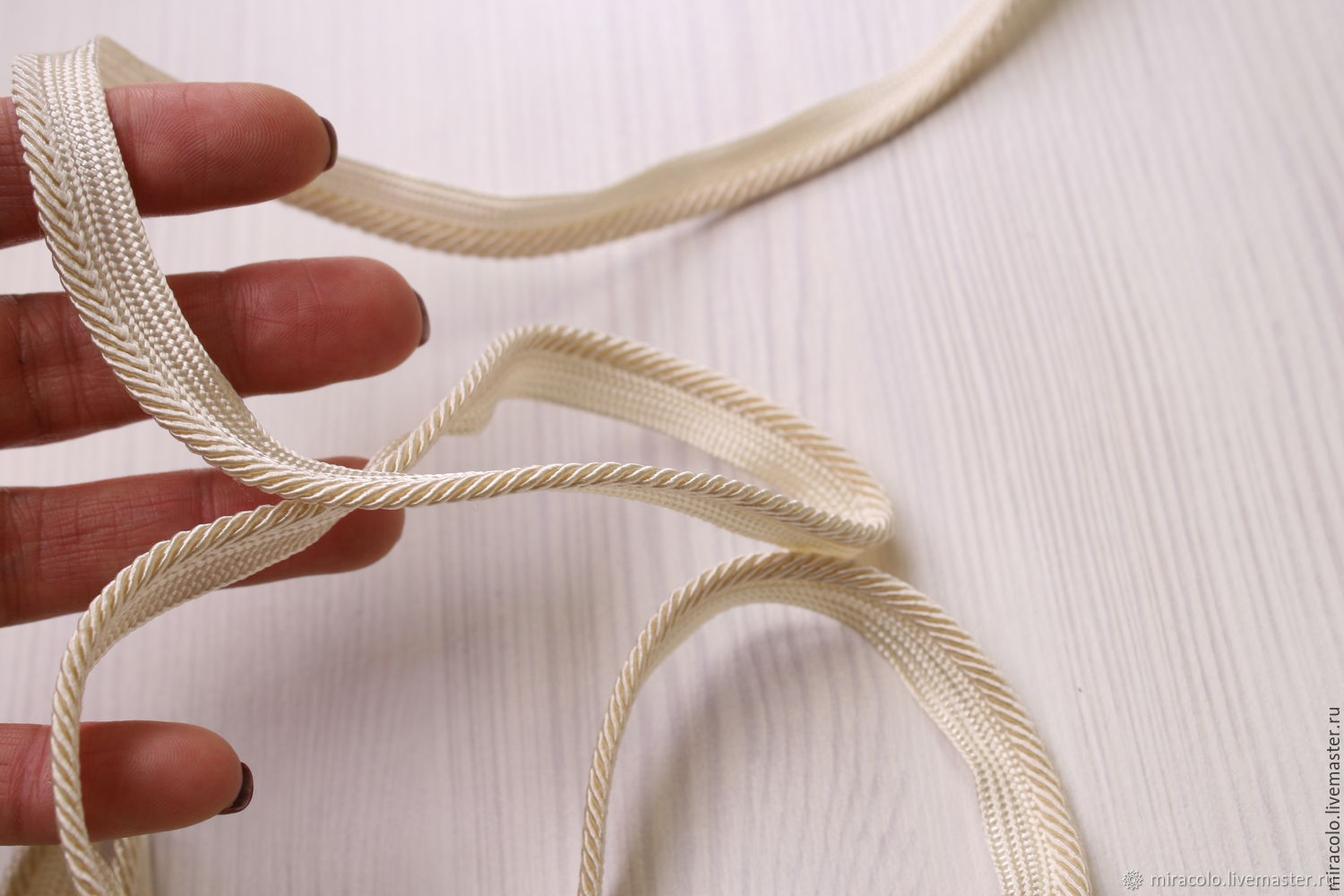
By the end of the 19th century, they had forgotten a little about piping and stopped using it when sewing everyday clothes. Now it can be seen everywhere on uniforms: shoulder straps, caps, uniform jackets and trousers.
Types of edging
The edging is primarily classified according to the production method:
- Woven. This is a linen ribbon, one side of which is slightly thicker, which is due to the use of denser threads and complex weave.
- Wicker. We can say that this is a type of woven braid with one thickened edge.
- Obtained from finished textile materials. You can make this kind of trim yourself. From any fabric, cut a small strip at 45 degrees relative to the warp threads and bend it in half widthwise.
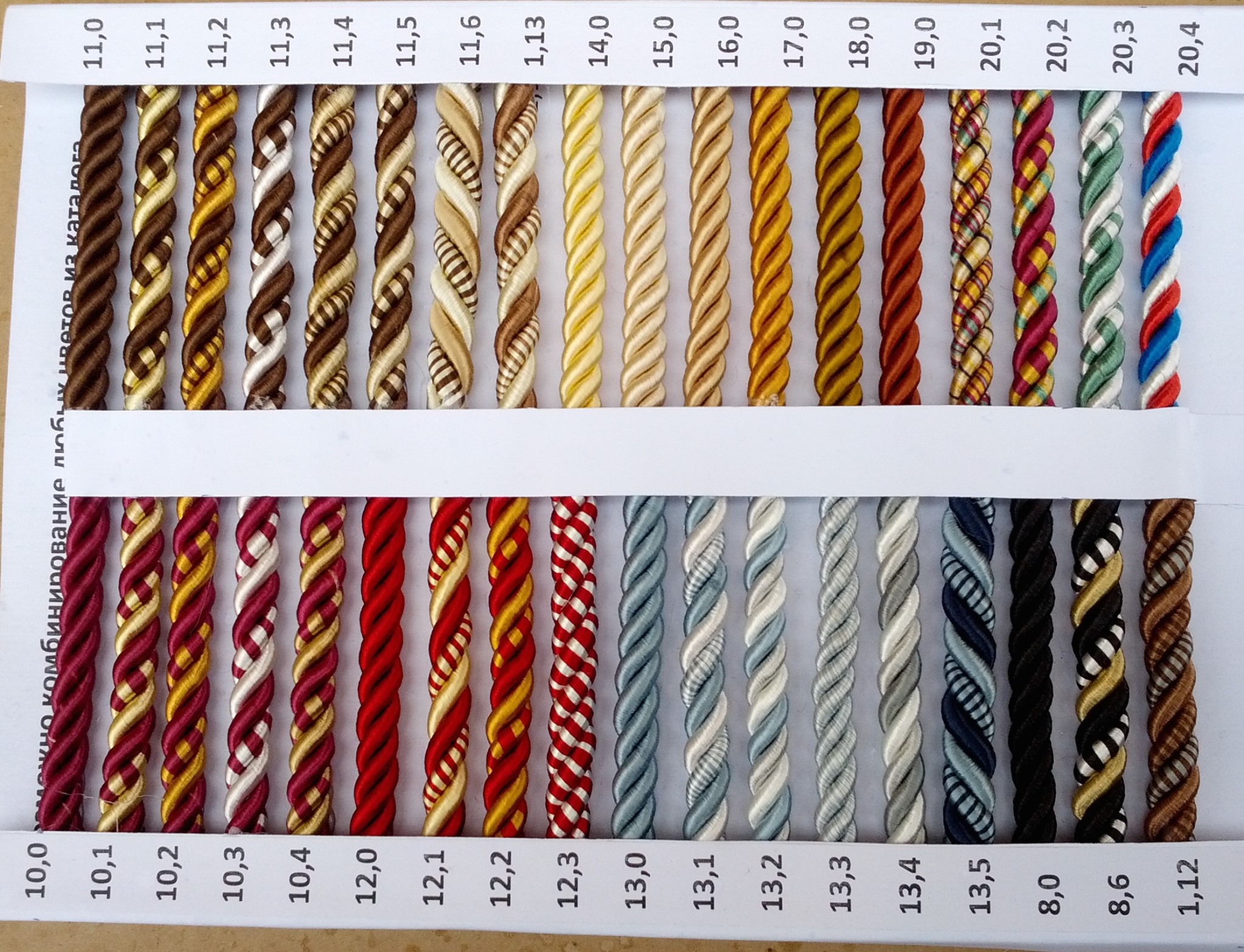
There are also the following types of edging:
- satin;
- made of leather or suede;
- knitted;
- cotton.


 1
1
